2008 Four Stroke Worlds Preview & The Wild Bikes That Made It Possible
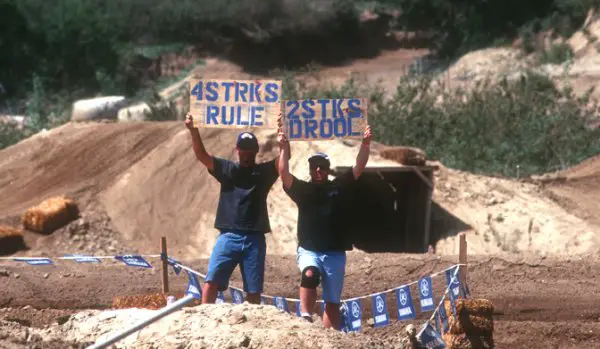
21st Annual MTA World Four-Stroke Championship

ÿÿÿ Team Bad Boy Racing’s Jeff Alessi.
ÿÿÿ Former WORCS’s Champion Ricky Dietrich.ÿ
ÿÿÿ Zip-Ty Yamaha rider Bobby Garrison.
ÿÿÿ Former Pro Circuit Rider Bobby Bonds.ÿÿ
ÿÿÿ KTM rider Justin Soule.
ÿÿÿ Big Gun’s Matty Dowell.

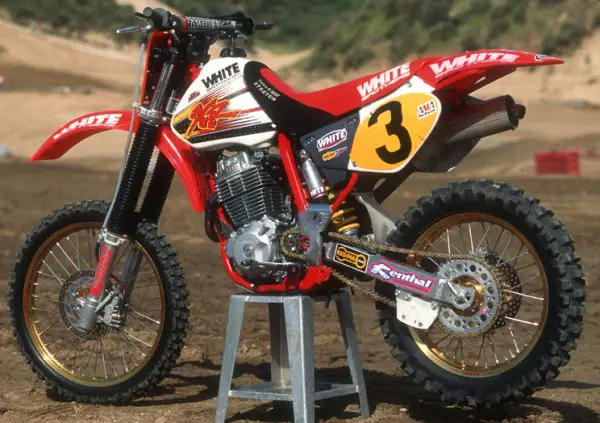

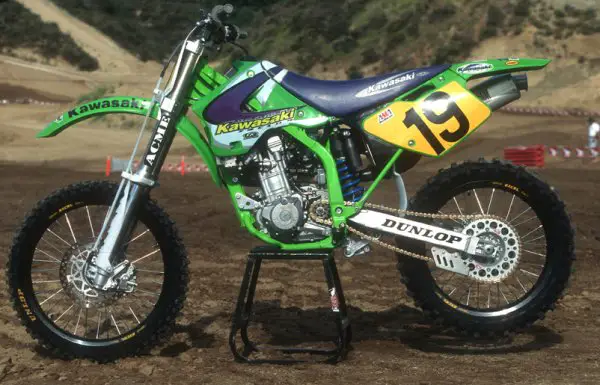


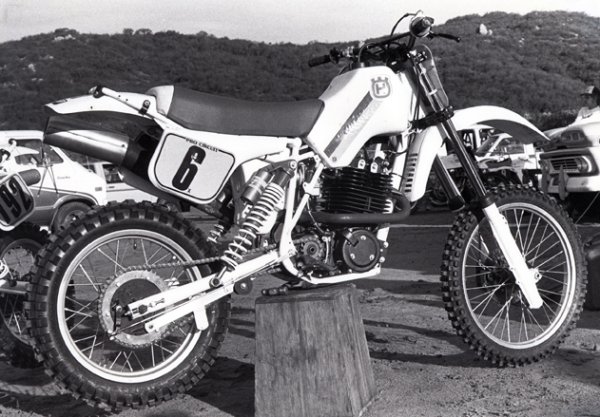
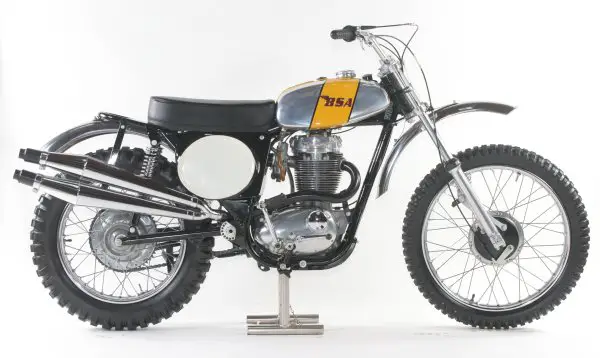
The 500cc BSA B-50 MX debuted in 1974 and was available with Triumph badging as well.ÿThough heavily modified to race by BSA riders like Chuck Minert and Dave Aldana, the B-50 still paled in race worthy comparison to its 1966 predecessor, the BSA Victor GP.


Alan Greenwood is the man credited with forging the So. Cal four stroke renaissance. Not only was he the man behind the Four Stroke World Championships, but he also marketed his own thumper race bike. The KSIÿ410 used a Honda motor, twin Fox air shocks & Simons forks. Available as a frame kit for $1170 (with shocks) and the fork sold for $350.

Long before people started stuffing four stoke motors into the frames designedÿto hold aÿtwo-stroke motor, English frame builder Rickman was well ahead of the game.


Here’s a classic race bikeÿ – the Clews Competition Machine, also known as the CCM. The British built bike did the best job of flying the four stroke flag into the two-stroke dominated decade of the 70’s.ÿ
ÿ


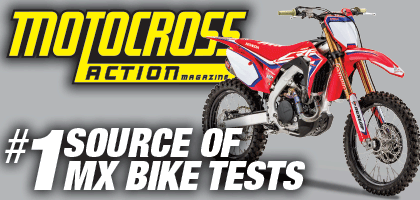


Comments are closed.